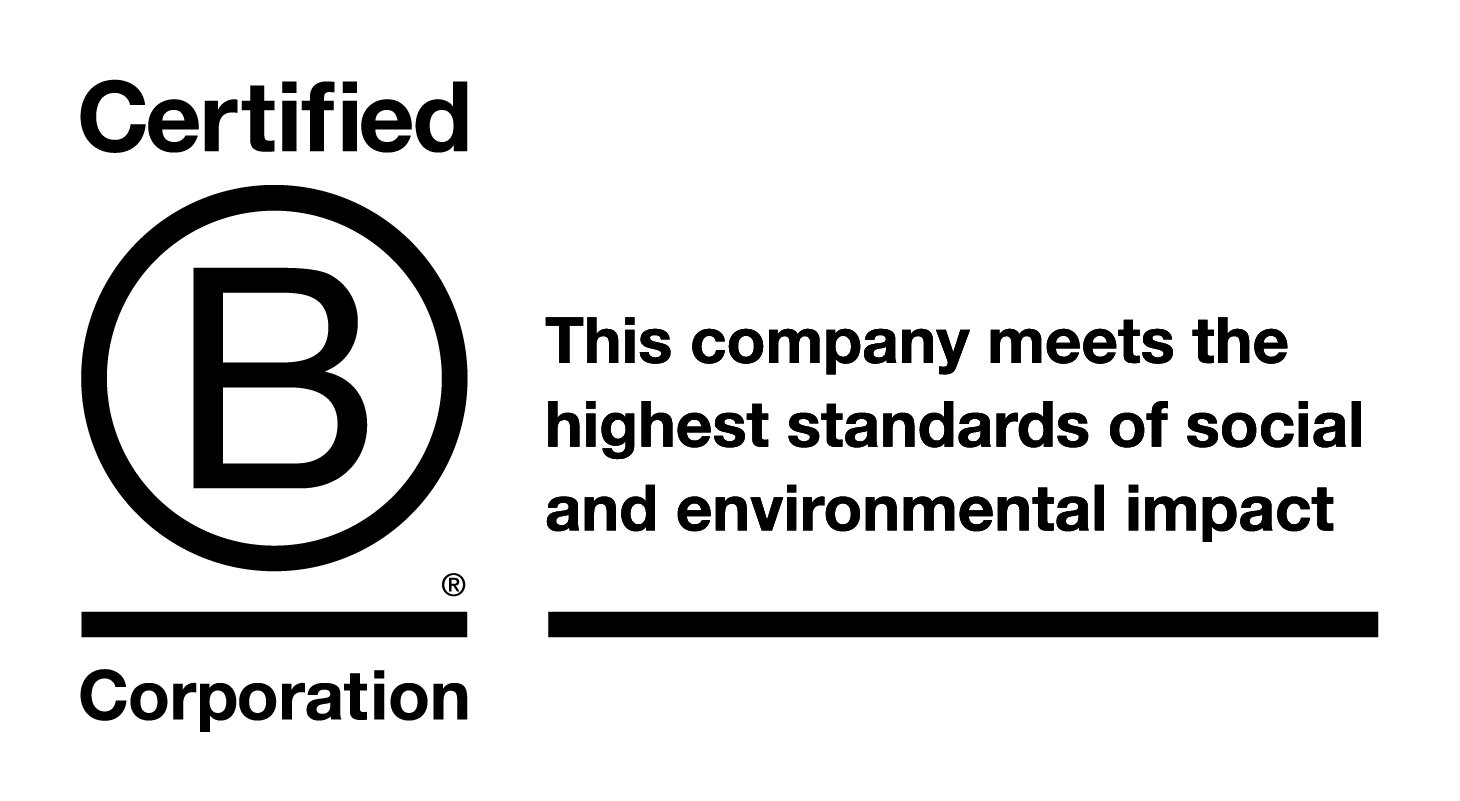Go the extra mile
Towards a cooler planet
The surprising impacts the changing climate has on wildlife
Have you seen fewer tūī birds singing in your yard lately? Or have you ever wondered why some coastal areas now have unexpected marine visitors? These small changes point to a bigger story that is happening all over Aotearoa and the world.
Climate explained: effects on wildlife that are not known
Scientists say that rising temperatures could put one-third of the world's plant and animal species at risk within a few decades. The changes in the environment right now are happening 100 times faster than most natural cycles of adaptation. While people argue about what to do, animals from alpine kea to coral-dwelling fish are losing their homes and food chains.
Take the huhu beetle, for example. Warmer winters let its larvae live longer, which leads to population explosions that hurt native forests. This ripple effect shows how even small changes in temperature can throw whole ecosystems off balance. Acidic oceans also change the survival rates of shellfish, which affects all marine life, from plankton to blue whales.
Important points
If warming trends continue, up to 30% of all species on Earth could go extinct. Most animals can't adapt fast enough to changes in the environment.
Changes in habitat make some species win and others lose in ecosystems.
Ocean acidity affects all marine life, from tiny organisms to larger ones.
New Zealand's unique species are especially vulnerable to quick changes.
The natural world's response to changes on Earth shows both its fragility and its strength. For example, breeding seasons change and predator-prey relationships become strange. As we look into these hidden problems, you'll see why preserving biodiversity is more important than ever—for their survival and ours.
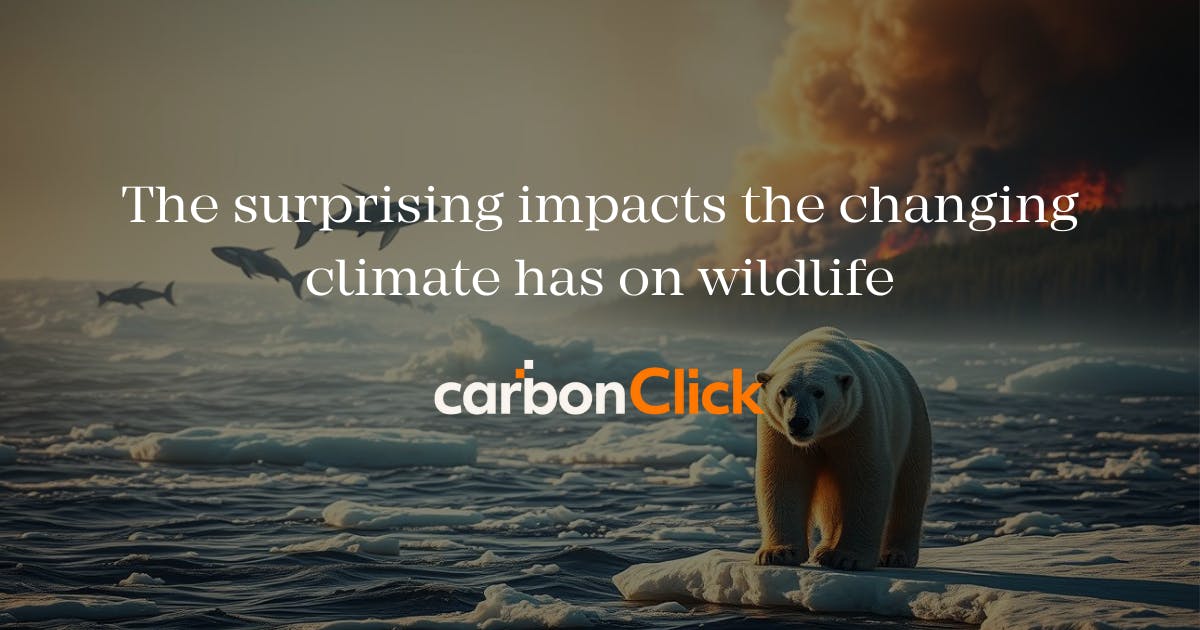
What climate change is and how it affects animals
Imagine this: storms that roar reshape shorelines, droughts that dry out forests, and rivers that swell to the point where they are unrecognisable. This isn't a movie about a disaster; it's a real-life problem that is changing homes for many animals.
extreme weather events and changing temperatures
Storms and heat waves that come out of nowhere mess up nature's rhythms. Coastal marshes that usually protect young fish are now being flooded by the tides. Long periods of drought turn sustainable feeding grounds into dust bowls, which makes hungry herds have to travel farther.
Think about how sudden cold snaps can surprise birds that are migrating. Their internal compasses have changed over thousands of years, but they still have trouble with the seasons that change so quickly today. Changes in temperature, even small ones, can change when insects hatch, which means that nestlings don't have enough food to fall back on during these unfavourable conditions by nature.
Threats to species and ecosystems
Three important changes put survival at risk:
- Habitats that are disappearing: Rising seas take over nesting beaches that turtles have used for generations.
- Energy imbalances: When it's warmer, lizards have to hide from the heat for 30% longer, which makes it harder for them to hunt.
- Genetic time crunch: Alpine plants need 150 years to get used to new temperature zones, but environments change 10 times faster.
These stresses make it hard to stay alive. Some species do better than expected, like jellyfish that thrive in warmer waters. Some people have to make impossible choices: change quickly, move, or die. One researcher says, "We're seeing evolution's stress test in real time."
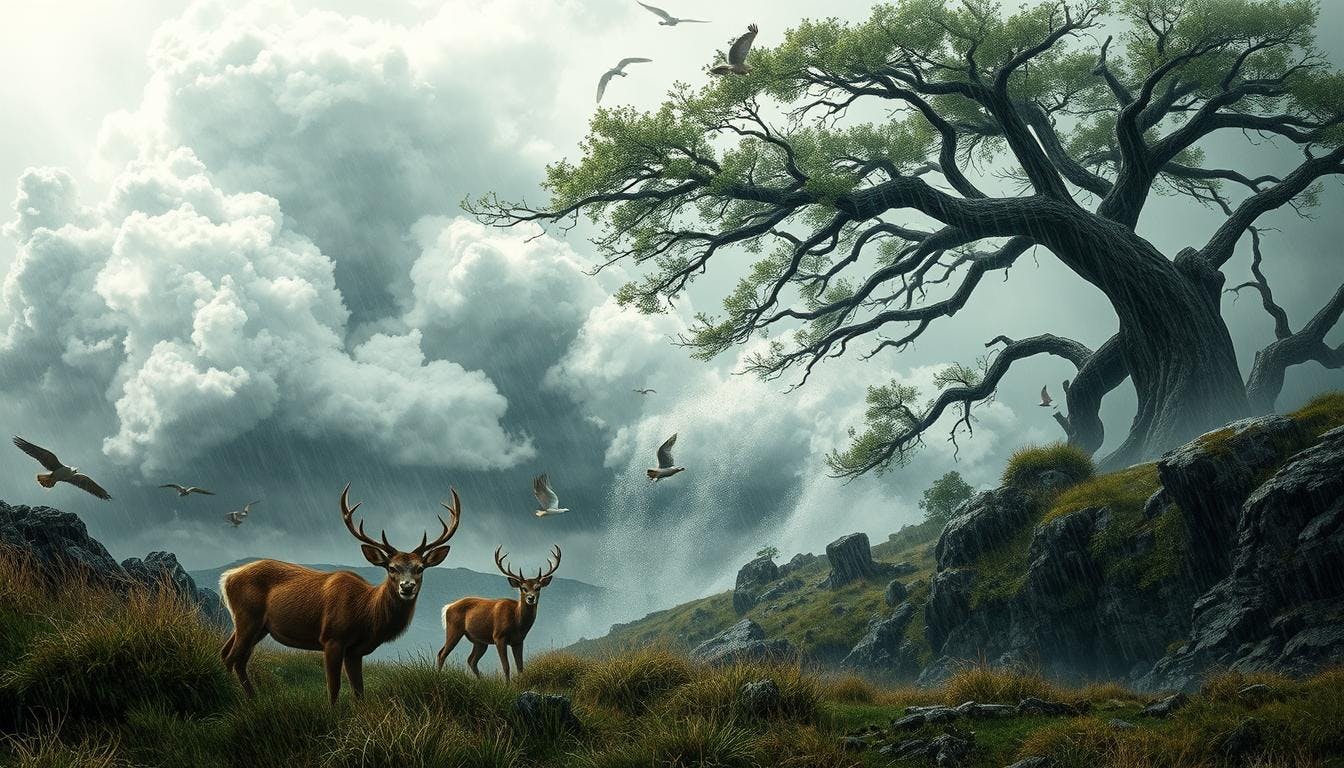
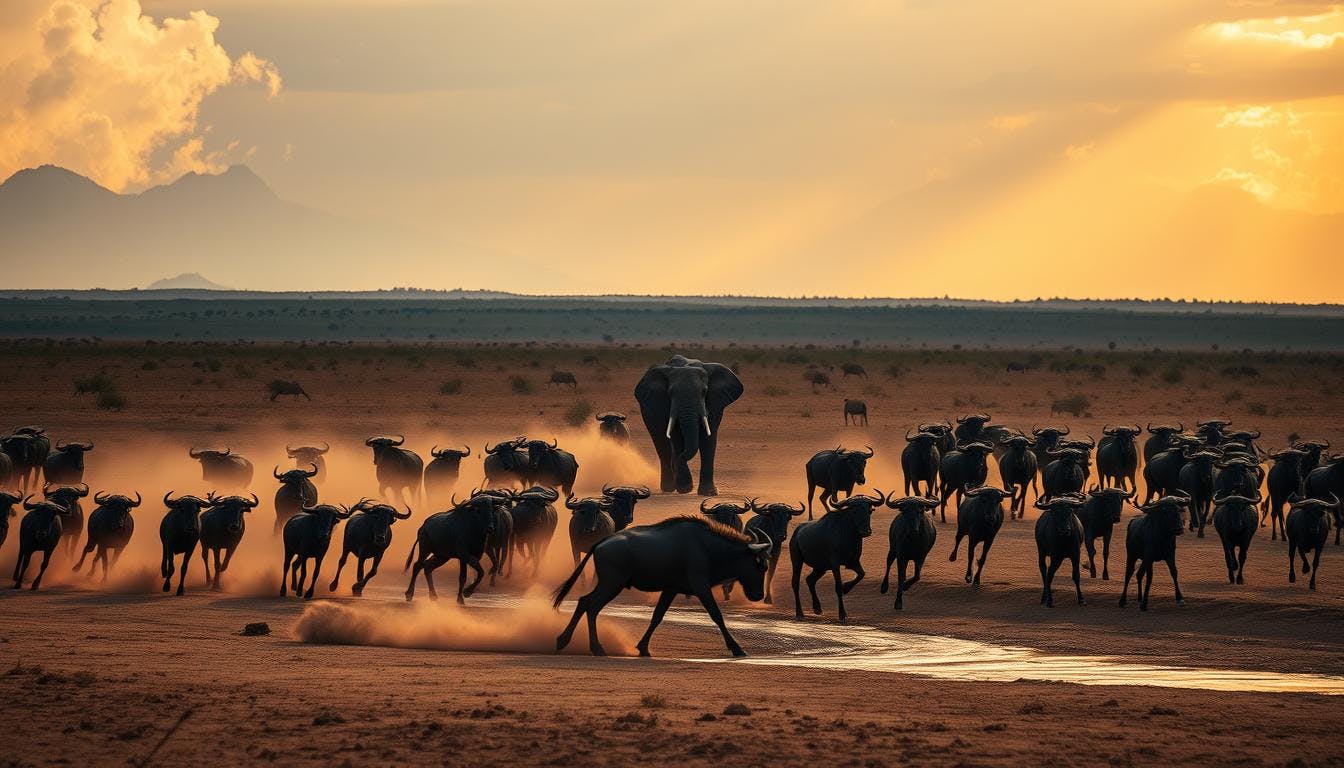
Looking into "climate explained: unknown impacts on wildlife" in New Zealand
Picture trying to outrun a rising tide while carrying your whole family. That's the truth for many animals: their environments change faster than they can adapt. New research has found an important limit: Every year, plants and animals have to move more than 1,000 meters to stay alive, which is a marathon that few can handle.
Showing how little we know about how animals are affected
Seed dispersal is now a silent crisis in nature. Forests have a hard time growing back because only 60% of the seeds that fall reach safe areas. Birds like the kererū, which are important for spreading native plants, are becoming fewer, which has a domino effect on ecosystems.
How extreme weather affect biodiversity
New Zealand's islands keep unique species safe between rising seas and mountain peaks. Three important problems come up:
Alpine animals, like the rock wren, are pushed up until they literally run out of the mountain.
Storm surges wash away terns' coastal nesting sites, making their chicks more vulnerable.
Wetlands dry out faster, which messes up the hatching of insects that feed rare birds.
Genetic bottlenecks make these threats even worse. Native animals have been cut off from other species for thousands of years, so they don't have the genetic diversity they need to adapt quickly. One conservationist says, "Our tuatara lived through dinosaurs, but can they keep up with changes in temperature today?" The answer depends on how well we can deal with both habitat protection and connectivity issues.
Adaptations in wildlife and problems with reproduction
What happens when the clockwork of nature starts to skip? As temperatures rise, biological rhythms get messed up, which means that breeding cycles don't always match up with food supplies that are available at certain times of the year. Female mammals now have irregular oestrus cycles, and males make weaker sperm when they are stressed by heat. These combined pressures cut down on the number of pregnancies, which could threaten the stability of the population.
Lizards that are too hot stop mating and look for shade.
Alpine parrots lay eggs weeks earlier, which puts the chicks at risk of being exposed to late snowfalls.
- Marine mammals don't get enough food when their prey moves around.
When evolution needs a little help
Some species are very adaptable. Phenotypic plasticity enables specific fish to modify gill structures across generations, enhancing oxygen absorption in elevated temperatures. But genetic adaptation has its limits; most animals can't adapt fast enough to keep up with changes in their environment.
Now, conservationists are testing assisted migration programs that carefully move species that are affected by climate change to habitats that are better for them. These efforts helped save Hochstetter's frogs in New Zealand, which had to move to cooler alpine streams. According to one ecologist, "We're becoming the last gardeners for ecosystems that are changing."
Finding a balance between species' ability to adapt and the ability of habitats to connect is key to winning the race against environmental changes. Some mosquitoes change quickly, but most animals need coordinated conservation plans to meet their needs as conditions change.
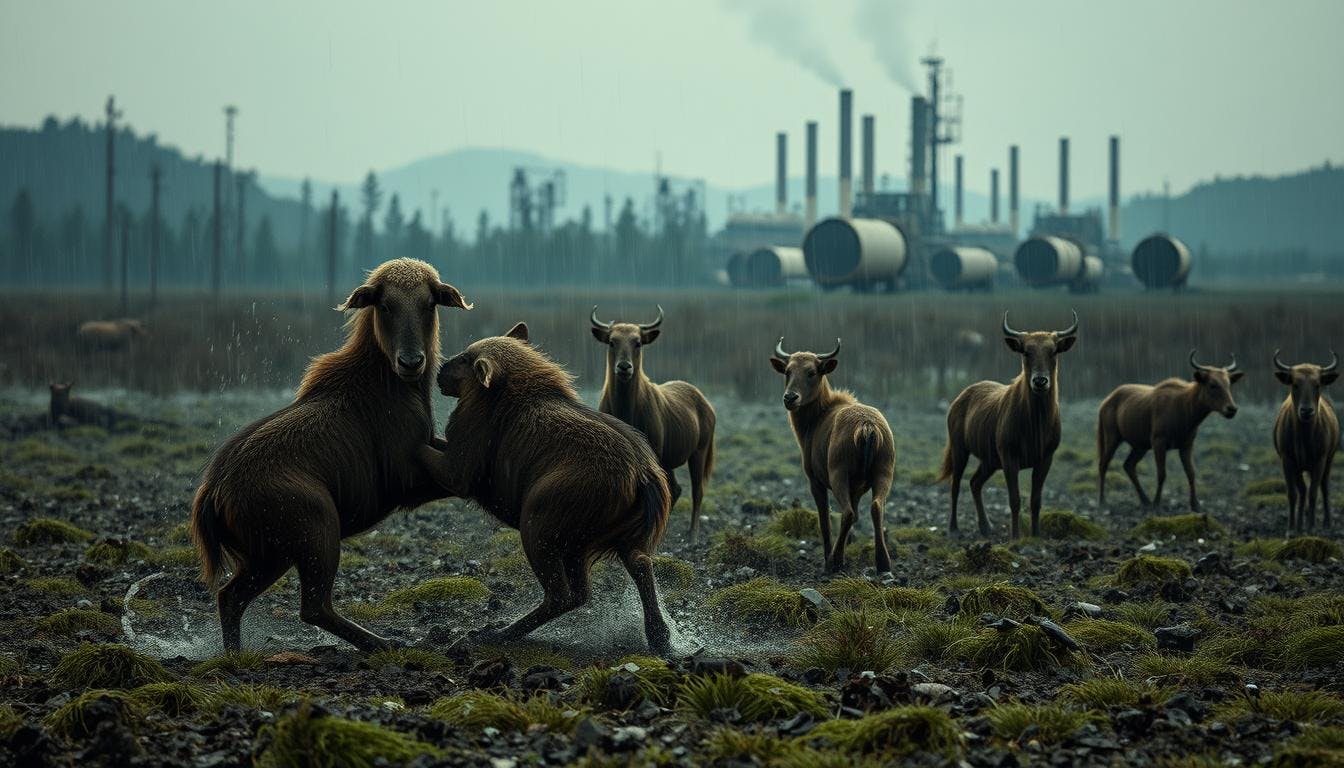
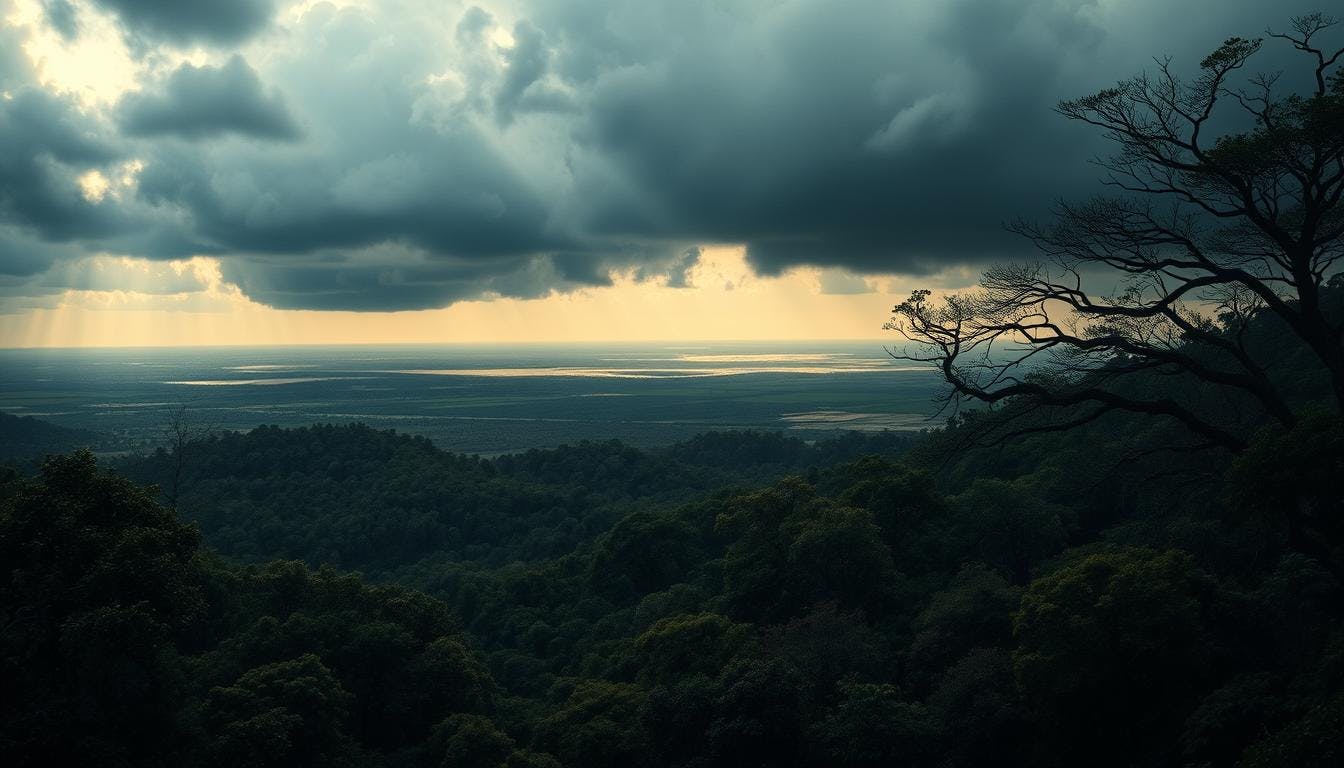
How people and ecosystems interact with a changing climate
What if your neighbourhood park suddenly became a threat to your health? As temperatures rise, the rules for how species can live together are changing, and these changes are affecting things as far away as dinner tables and backyards. These changes don't just change the way the land looks; they also change how diseases spread, where food grows, and which animals do well.
When habitats are bad for your health
Ticks that carry diseases can move into new areas when winters are warmer. Since 2010, the number of Lyme disease cases in some parts of Aotearoa has tripled because these bugs have found warm places to live in areas that used to be cold. On the other hand, saltwater floods coastal forests, leaving behind skeletal "ghost forests" where birds used to live.
Three important changes that affect both people and animals are
As the sea gets warmer, lobsters leave their usual fishing spots, leaving traps empty and communities in trouble.
Extreme weather events can wash pathogens into drinking water supplies, making them hotspots for contamination.
- More than half of all diseases in humans, from malaria to respiratory illnesses, are now at higher risk because of climate change.
These changes make for strange bedfellows. Mosquitoes that live in warm wetlands spread diseases to both wallabies and people. A Dunedin-based epidemiologist says, "We're seeing health threats come up where no one thought to look." Stress changes the chemical makeup of even well-known plants, which changes food webs from the ground up.
The answer is to change the way we think about conservation. Keeping wetlands safe, filters water and keeps fish species that eat mosquitoes alive. Restoring coastal buffers protects bird habitats and lowers the risk of flooding for towns by the sea. As ecosystems change, we need to think about both the needs of wildlife and the health of people, because in this world that is always changing, their health is ours.
Conclusion
Earth's fragile web of life is under more stress than ever as changing conditions affect food chains. It's still important to cut emissions, but there are things we can do right now to help species that are having a hard time. Rain gardens and other sustainable infrastructure filter stormwater and make small habitats for birds and insects. Constructed wetlands protect coastal towns from floods and provide a safe place for young fish to live. This shows that solutions can help both people and nature.
Restoration of ecosystems gives us hope. Replanting native plants helps animals that have been displaced find food and shelter. Assisted migration programs, like the ones that save New Zealand's Hochstetter's frogs, show how focused action can help fill in gaps in adaptation.
Citizen scientists are also very important. Reporting invasive species or keeping track of local populations helps conservation planners gather useful information.
Every day that a stream is restored or a community plants trees makes it stronger. When we protect vulnerable animals, we're not just saving individual species; we're also protecting the complex systems that keep our air, water, and food safe. Our choices decide whether ecosystems fall apart or stay strong as the natural world changes. Now is the time to act, because healthy habitats mean a better future for everyone.
17 South Street
Auckland 1010
New Zealand
info@carbonclick.com- -
- X
Sign up. Be inspired. Get clicking.
Subscribe now to stay up to date with CarbonClick, carbon offsetting and climate action.
By signing up you agree to our Privacy Policy.


